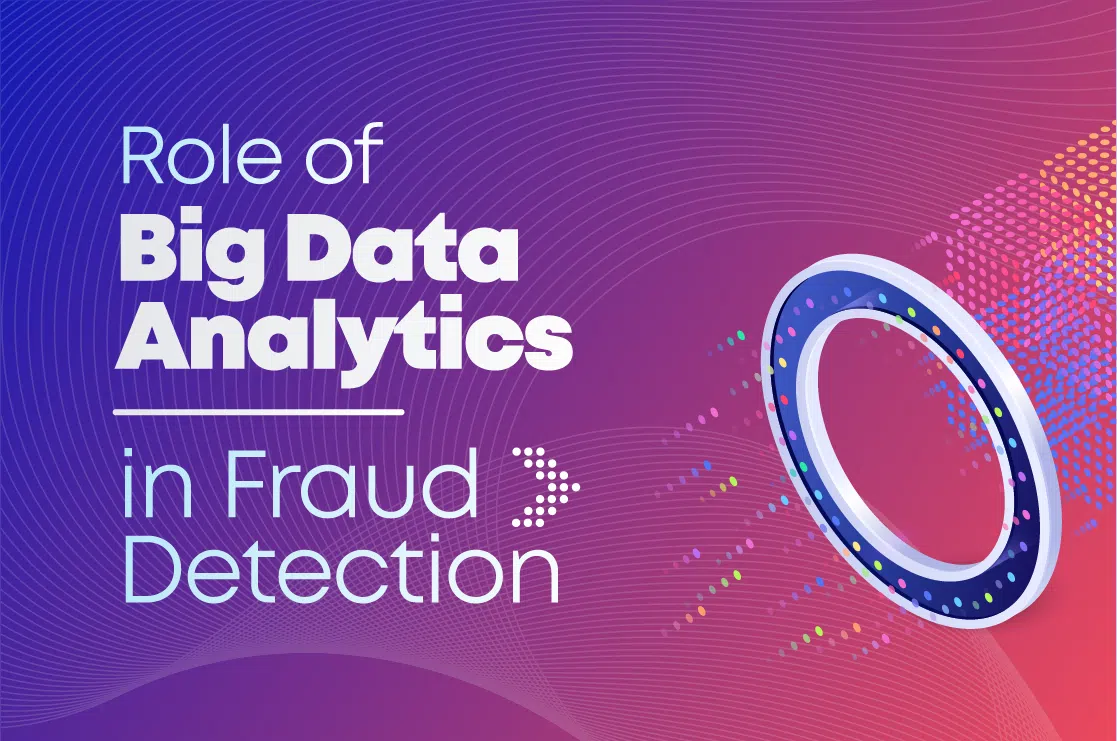A CRM report is composed of selective information from the CRM database. How do you select the data that you want on your report, from the database?
Table of Contents:
CRM Reports are an integral part of business operations. The CRM reporting system enables you to access specific information from the CRM database.
Is it possible to filter information using CRM reporting tools? Fortunately, the CRM reporting capabilities are enormous, allowing extensive data manipulation. The next concern is - how to filter the data. We are going to cover some inside information exposing how data can be selectively filtered to produce the desired output.
A CRM is an amalgamation of data. Every day fresh data is being gathered by the database through CRM integration as well as manual input. How do you view all this data? How can this information be made useful for your business?
Some of the information stored in the CRM database can be very beneficial. Extract this information in a proper format and you have a secret weapon at your disposal. The CRM reporting system is the technique used to view this valuable information.
Understanding information filtering
As the word 'filter' suggests, the CRM has the facility to selectively output the required data. For example, you can view a report of the new customers acquired within the last month or a report of the sales during the last month. The data filter ensures that the report only contains the data pertaining to the last month. Without a data filter, the report would output all the data from the very beginning. You would have to scan the whole report and mentally select the relevant records. Just imagine how cumbersome that would be.
Information filtering through CRM reporting technologies enables us to select the data that we would like to see on a report.
Just a brief recap: what is CRM reporting?
A report reproduces the CRM data in a comprehensive format. A CRM report can use a predefined standard format or a customized format. The crucial concern to keep in mind, when designing a report, is that the output needs to be displayed in a manner which is easy to understand and analyze.
How is CRM data filtered?
The focus here is on filtering the CRM data which is output in the form of a report. Let us take a look behind the scenes at how the data stored in the database is actually filtered. Even though we like to believe that computers are intelligent and have a mind of their own, for most of us this isn't true. Our CRM systems are not linked to artificial intelligence (as yet!!). This means that it will do exactly as we instruct it to. So if your system is doing something else – it means your instructions are incorrect.
So how do you choose the data you want to see on your report? The CRM reporting requirements is selecting the data using of data filters. These filters are executed using data queries. Conditions are applied to the data ensuring that the correct output is generated.
CRM data is filtered using queries. A simple query is one which may have data from one or more tables without any conditions. A slightly complex query (and a more common one) is a query which has a condition attached to it. A simple condition is one which may say – show information between two particular dates.
The complexity of the query increases with the number of conditions and the types of conditions included in it. A query can perform simple calculations such as counting, totaling, giving the average etc. The CRM reporting capabilities are expounded by the complexity of the query.
Type of reports: Summarized reports vs detailed reports
A summarized CRM report displays the information in a concise view. A common summary report type is one which displays total counts or total amounts. These figures can be divided into categories such as specific heads or even by duration such as week wise or monthly.
Summarized reports are very helpful especially at a senior management level.
A summarized report is easy to understand. A summarized report contains only necessary information. There is no additional or extra information to crowd up the page. Quite often, we are impressed upon, to add additional information to a report to make it look like an important document. We feel that the report that looks bare, with just a few lines of information, and it is not impressive enough.
Complex reports
The CRM contains data stored in numerous different tables. The data structure is defined according to the main entities related to the business. A complex CRM report is made up of data from various tables which are linked based on key fields. Some of this data is output after certain conditions and analytics have been performed on it. Advanced CRM reporting tools enables you to generate complex data reports.
A summarized report is the final output of a complex report. The complexities take place behind the scenes to produce a report which display just a few figures. So let us not be deceived when we look at a summarized report and think that it looks so simple.
Detailed reports
We all know what detailed reports are. They are long report with pages of details, most of which appears to be irrelevant information. Sometimes we need details regarding particular records, but this does not mean that we include all the data available, the irrelevant data can be filtered out. The CRM reporting system allows data filtering with multiple conditions.
Specific reports or custom reports
Sometimes you need very specific information from the CRM. A specific report may pertain to particular information or a specific record or it may also be a broad summary of specific information. This report may not be a part of the regular report formats and hence will have to be custom designed using the CRM reporting tools.
Graphs vs data reports
A Graphical report is ideal for meetings where attendees need to comprehend the information quickly. A pictorial representation of data is an excellent way to make comparisons. It helps to compare progress and growth. Improvement reports are best depicted as a graph. You can grasp the information from a graphical report in a single glance. Very often summary reports are also converted to graphs.
Data reports have an important place of their own and cannot be replaced by graphs and charts.
Conclusion
The Microsoft Dynamics CRM, Salesforce and Sugar CRM have powerful CRM reporting capabilities. This can be very useful for a business which relies on its CRM reporting technologies.
If you use a CRM system you need to pay attention to its reporting capabilities. The benefits of CRM reporting are immense. You can leverage the information presented by the CRM reports to raise your operating benchmark.





 Fraud Data Analytics: How to Detect and Prevent Fraud Using Data
Fraud Data Analytics: How to Detect and Prevent Fraud Using Data  Risk Analysis & Management: A New Approach to Managing Business Uncertainty
Risk Analysis & Management: A New Approach to Managing Business Uncertainty 